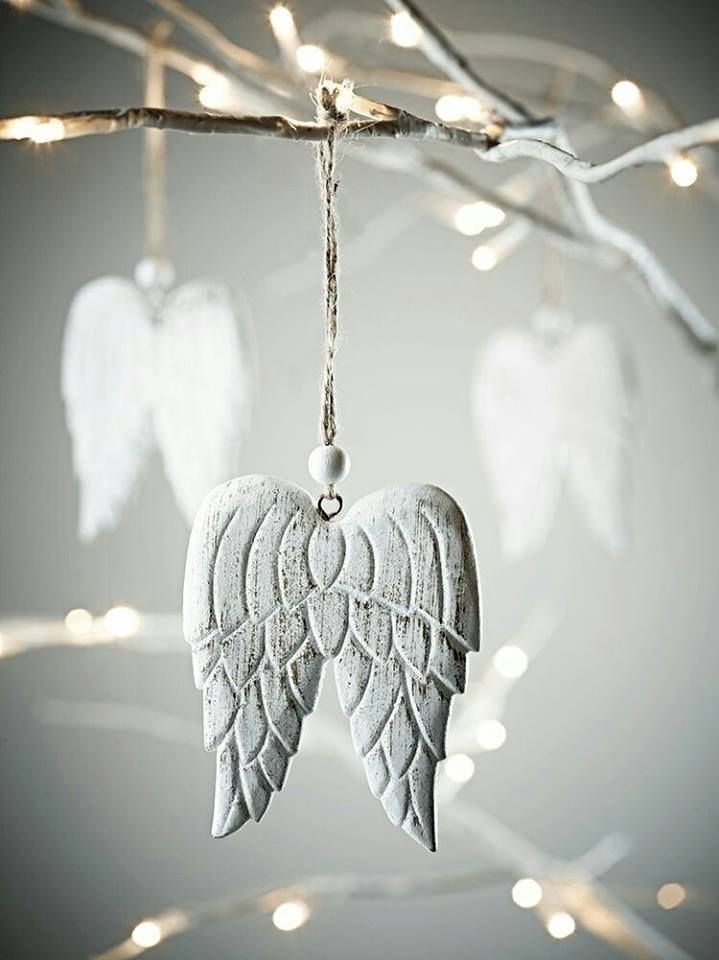African Art is Healing...
- Koöko Fleurs
- Jan 18, 2024
- 3 min read
Updated: Sep 28, 2024

African art has a rich history and cultural significance that goes beyond its aesthetic value. For centuries, art has played a crucial role in the lives of African people, not only as a form of expression but also as a means of healing. In this blog, we will delve into the world of African art and its therapeutic powers, specifically in terms of mental health.
African sculptures are arguably one of the most well-known forms of traditional art in Africa. These sculptures are not just mere decorative pieces, but they hold deep symbolism and meaning within their intricate designs. They are often created using materials such as wood and clay, and each piece has a story to tell.
One of the most fascinating aspects of African sculptures is their connection to healing and medicine. In many African cultures, traditional healers use sculptures as a tool for healing various physical and mental illnesses. These healers, also known as shamans or medicine men, believe that the intricate designs on the sculptures hold spiritual powers that can bring about healing.
One particular type of sculpture that is widely used for healing purposes is the mask. Masks have been used in African cultures for centuries and are still prevalent in traditional healing practices today. These masks are often worn during ceremonies and rituals and are believed to have transformative powers that can help individuals overcome mental health issues.
The use of masks in healing rituals can be seen in various African countries, including Nigeria, Ghana, and Democratic Republic of Congo. In these countries, masks are used in initiation ceremonies to mark important life transitions such as puberty, marriage, or death. During these ceremonies, the mask is believed to represent a spiritual force that can help individuals navigate through these life changes and overcome any obstacles that may arise.
Furthermore, masks are also used in healing ceremonies for individuals who are suffering from mental health issues such as PTSD (Post-Traumatic Stress Disorder). In many African cultures, mental illness is often viewed as a spiritual imbalance rather than a medical condition. Therefore, traditional healers use masks to connect with the spirits and seek guidance in treating mental health issues.
The process of creating these masks is also a significant part of the healing journey. The mask maker, often a skilled artist within the community, goes through a ritualistic process of selecting the right materials and carving the mask with specific intentions. This process is considered sacred and is believed to infuse the mask with powerful spiritual energy.
Moreover, African sculptures are also deeply intertwined with lineage and ancestry. In many African cultures, it is believed that ancestral spirits play a significant role in guiding and protecting their living descendants. Therefore, sculptures are often created to honor and communicate with these ancestors.
Furthermore, these sculptures also serve as a way to preserve cultural traditions and pass down knowledge from one generation to another. In many African communities, knowledge about healing practices and medicinal herbs is passed down through oral traditions and visual representations such as sculptures.
The antiquity of African sculptures also adds to their healing powers. Many of these sculptures have been passed down for generations, and their age only adds to their spiritual significance. As they are used in healing practices, these sculptures serve as a physical connection to the past, providing a sense of continuity and grounding for individuals struggling with mental health issues.
Studies have also shown that traditional African art forms, including sculpture, have positive effects on mental health. The act of creating these sculptures has been found to be therapeutic for individuals dealing with anxiety or depression. The focus and concentration required in the carving process can be meditative and can help individuals relax and calm their minds.
Additionally, the intricate designs and patterns on African sculptures have been found to have a soothing effect on individuals with PTSD or other trauma-related disorders. These designs often incorporate natural elements such as plants, animals, and symbols that hold deep cultural significance. The incorporation of these natural elements is believed to bring balance and harmony to an individual's mind and spirit.
In conclusion, African art, particularly in the form of sculptures, has a profound connection to healing and mental health. These traditional art forms not only serve as a means of expression and communication but also hold spiritual powers that have been used for centuries to heal various physical and mental illnesses. The process of creating these sculptures, their connection to lineage and ancestry, and their antiquity all contribute to their therapeutic powers. As we continue to explore the relationship between art and mental health, African art serves as a prime example of how traditional practices can be utilized in modern healing methods.























Comments